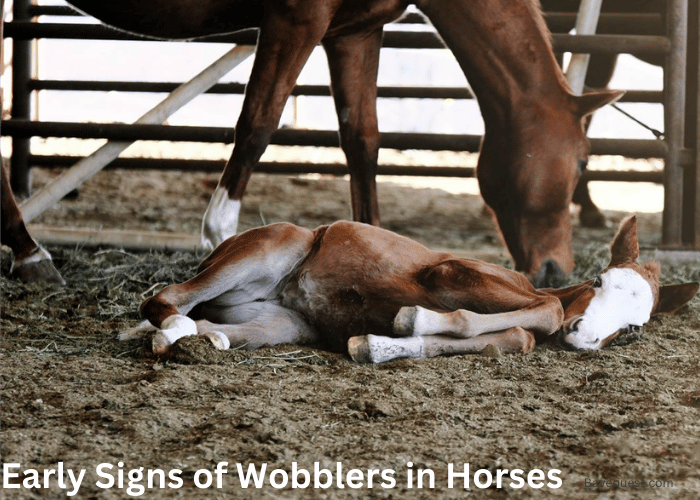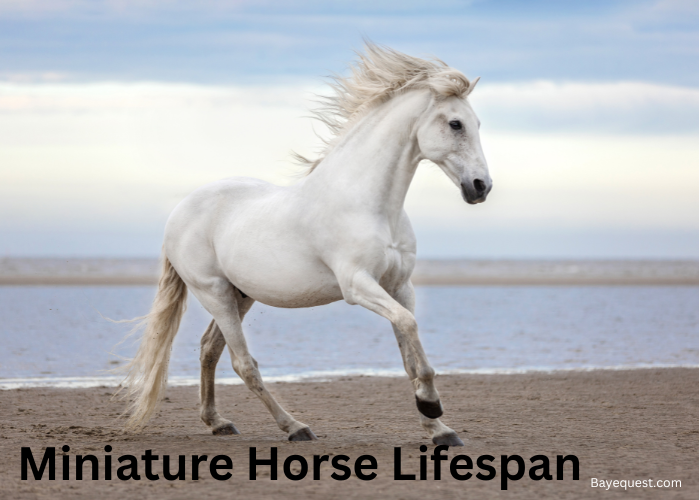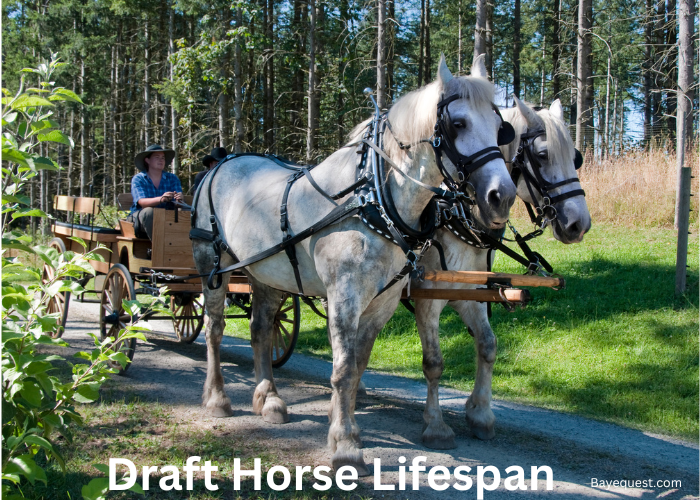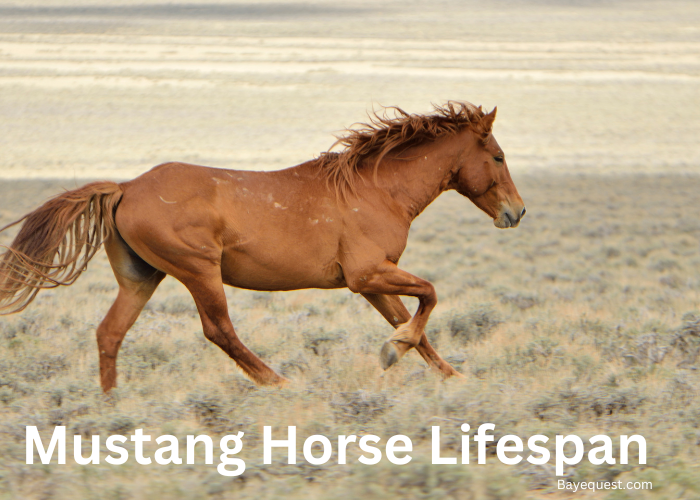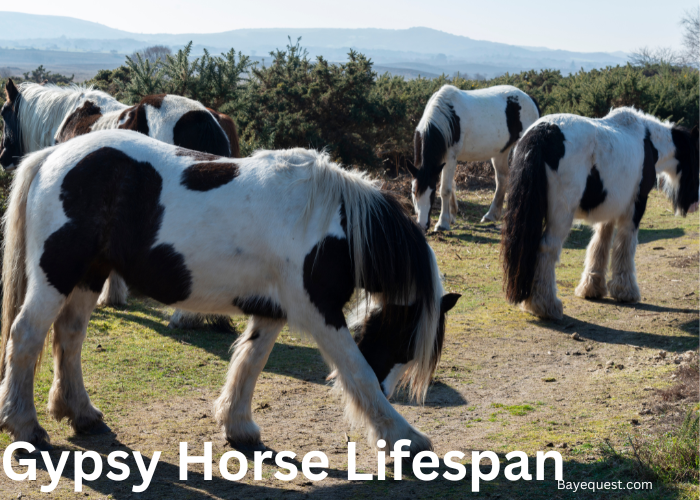Spotting trouble early is key when it comes to our equine friends. Wobbler Syndrome is a sneaky condition that can turn a graceful horse into a wobbly mess.
But the signs? They aren’t always obvious. A stumble here, a bit of clumsiness there—it’s easy to miss.
And while it might seem like just a bad day, it could be the start of something serious. Knowing what to look for can make all the difference.
Let’s dive into those early signs so you can keep your horse on solid ground.
Early Signs of Wobblers in Horses: Key Takeaway
Early signs of Wobblers Syndrome in horses include unsteady or clumsy movements, stumbling, weakness in the hindquarters, and difficulty backing up or turning. Changes in gait, like dragging toes or short strides, may also appear. Identifying these symptoms early can lead to better management and treatment options for affected horses.
What is Equine Wobblers Syndrome?
Equine Wobblers Syndrome is a neurological disorder. It happens when the spinal cord is compressed in the neck.
This compression disrupts nerve signals between the brain and body. As a result, the horse loses coordination and balance.
Movements become clumsy, with stumbling or swaying. The condition affects the horse’s ability to walk, turn, or even stand normally.
Wobblers Syndrome can range from mild to severe. In all cases, it causes abnormal movement patterns that are clear signs of nerve dysfunction.
Types of Wobblers in Horses
Wobblers Syndrome in horses mainly falls into two types. Let’s look at them in details:
Cervical Vertebral Stenotic Myelopathy (CVSM)
CVSM is a condition where the spinal canal narrows, squeezing the spinal cord. This compression disrupts nerve signals, leading to uncoordinated movements and stumbling.
CVSM is often seen in young, rapidly growing horses, particularly large breeds. The spinal cord is pinched in the neck, causing the horse to lose control of its movements.
This type of Wobblers is a common form and significantly affects the horse’s gait and balance.
Cervical Vertebral Instability
CVI occurs when the vertebrae in the horse’s neck are unstable or misaligned. This instability allows the bones to shift, pressing against the spinal cord.
Unlike CVSM, which is more about narrowing, CVI is about movement and misalignment. This type often affects younger horses but can also be seen in older ones.
The shifting vertebrae create intermittent pressure on the spinal cord, leading to varying degrees of wobbling, weakness, and loss of coordination.

Early Signs of Wobblers in Horses
Early signs of Wobblers in horses can be subtle but are crucial to catch. Here are the key signs to watch for:
1. Unsteady or clumsy movements
One of the first signs is a horse that seems a bit off-balance. You might notice it stumbling, especially when walking or turning.
It may trip over its own feet or appear awkward. This unsteadiness is due to the disrupted nerve signals from the compressed spinal cord.
2. Weakness in the hindquarters
Horses with Wobblers often show weakness in their hind legs. They may sway from side to side or have trouble standing still without wobbling.
The hind legs might buckle or drag, especially when the horse is tired or stressed. This weakness is a telltale sign that something isn’t right with the spinal cord.
3. Changes in gait
A horse with Wobblers may move differently than usual. It might take shorter, choppy strides or have a wide, uncoordinated gait.
Sometimes, the horse drags its toes or struggles to place its feet correctly. These changes can be subtle at first but become more noticeable over time.
4. Difficulty backing up or turning
Horses with Wobblers often have trouble with tasks that require precise movements, like backing up or turning in a tight circle.
They may hesitate, refuse, or seem confused when asked to back up. When turning, they may cross their legs awkwardly or stumble.
5. Decreased performance
If the horse is in training or competition, you might notice a drop in performance. It could be reluctant to jump, turn sharply, or perform maneuvers it once did easily.
The horse might seem unwilling or unable to respond to commands, a sign that it’s struggling with coordination and balance.
6. Abnormal neck posture or stiffness
Sometimes, you may notice the horse holding its neck in an unusual position or being stiff when moving its head. It may resist having its neck touched or manipulated.
This could be an early sign of discomfort in the cervical vertebrae, where Wobblers often affects.
Causes of Wobblers in Horses
Wobblers in horses can be caused by a few main things. Here’s what you need to know:
Genetics
Some horses inherit the risk of Wobblers from their parents. It’s more common in larger breeds that grow quickly.
If a horse has the genes that lead to abnormal bone development, it’s at higher risk. This genetic predisposition means some horses are born with a spinal structure that’s more likely to compress the spinal cord.
Rapid growth and nutrition
When young horses grow too fast, their bones might not develop correctly. Rapid growth, often fueled by high-calorie diets, can lead to uneven bone growth in the neck.
This imbalance puts pressure on the spinal cord, causing the symptoms of Wobblers. Overfeeding or imbalanced nutrition is a common trigger in young, growing horses.
Trauma or injury
Physical injury to the neck can also lead to Wobblers. A fall, a hard bump, or rough play can damage the vertebrae, causing them to press on the spinal cord.
Even minor injuries can have long-term effects if they affect the spine’s alignment or stability. Trauma-induced Wobblers can happen to any horse, regardless of breed or age.
Developmental bone disorders
Conditions like osteochondrosis, where cartilage doesn’t develop into bone properly, can contribute to Wobblers.
This disorder weakens the bones in the neck, making them more prone to compressing the spinal cord. It’s another reason why proper bone development is crucial in young horses.
Without strong, healthy bones, the spine’s structure is compromised.
Spinal cord infection
Infections can also lead to Wobblers in horses. When bacteria or viruses invade the spinal cord or surrounding tissues, they cause inflammation and swelling.
This swelling can compress the spinal cord, disrupting nerve signals. Infections may come from injuries, abscesses, or other health issues that spread to the spine.
The result is a horse that starts to wobble, stumble, or struggle with balance due to nerve damage.
Trauma to the cervical vertebrae
A hard fall, a kick, or any neck injury can damage the cervical vertebrae, leading to Wobblers. Trauma can cause the vertebrae to shift, fracture, or swell, putting pressure on the spinal cord.
Even minor incidents can cause significant damage if the vertebrae are affected. Horses that experience trauma often show sudden changes in movement, stumbling, or reluctance to move their neck.
Read also: Causes of White Line Disease.

Risk Factors Equine Wobblers Syndrome
Here are the main risk factors that make a horse more likely to develop Equine Wobblers Syndrome:
1. Age and growth rate. Young, rapidly growing horses are at a higher risk. Horses between 6 months and 3 years are particularly vulnerable because their bones and joints are still developing.
2. Size and breed. Larger breeds, like Thoroughbreds and Warmbloods, are at greater risk for Wobblers. These breeds tend to grow faster and have larger bodies, putting more stress on their developing neck vertebrae.
3. Gender. Male horses, especially geldings, are more often affected by Wobblers than females. This is possibly due to their larger size and faster growth rate, which puts more strain on their developing skeletal structure.
4. Physical trauma history. Horses that have a history of neck injuries are at a higher risk. Any trauma, such as a fall or collision, can damage the cervical vertebrae, leading to instability.
5. Inadequate nutrition during growth. Poor or imbalanced nutrition during a horse’s growth phases can increase risk. If a young horse does not get the right balance of nutrients, its bones may not develop properly.
6. Environmental factors. Horses kept in environments where they are more prone to rough play or falls, like uneven pastures or crowded paddocks, are at higher risk.
Diagnosis of Equine Wobbler Syndrome
Diagnosing EWS involves a combination of clinical evaluation, neurological tests, and advanced imaging. The primary methods used by veterinarians to diagnose the condition are:
1. Clinical examination
The first step is a thorough physical and neurological exam. The vet checks for signs like stumbling, unsteady gait, or weakness in the hindquarters.
They may observe the horse walking, trotting, and backing up to spot any coordination issues. The vet also checks reflexes and muscle tone to identify any abnormal neurological responses.
2. Neurological grading system
Vets use a neurological grading scale to assess the severity of symptoms. This scale ranges from Grade 0 (normal) to Grade 5 (severe neurological deficits).
The grading helps in determining how much the horse’s spinal cord is affected and guides further testing and treatment.
3. X-Rays (Radiographs)
Radiographs of the neck are commonly used to look for abnormalities in the cervical vertebrae. X-rays can reveal narrowed spaces between vertebrae, malformations, or signs of compression that might suggest Wobblers.
However, X-rays alone may not always provide a clear diagnosis, especially in mild cases.
4. Myelography
This is a specialized X-ray technique where a contrast dye is injected into the spinal canal. Myelography provides a detailed view of the spinal cord and helps pinpoint areas where it is compressed.
It is considered one of the more definitive diagnostic methods but requires anesthesia and carries some risks.
5. Computed Tomography (CT) Scan
CT scans offer a more detailed, 3D view of the horse’s vertebrae and spinal cord. This imaging method can detect subtle changes or compressions that standard X-rays might miss.
CT scans are particularly useful for surgical planning and are becoming more accessible in equine medicine.
6. Magnetic Resonance Imaging (MRI)
MRI provides the most detailed images of soft tissues, including the spinal cord. It can detect issues like spinal cord swelling or nerve damage that other imaging methods may miss.
MRI is highly effective but less commonly used due to cost and the need for specialized facilities.
7. Cerebrospinal Fluid (CSF) Analysis
In some cases, a vet may perform a spinal tap to analyze cerebrospinal fluid. This test can help rule out infections or inflammatory diseases that might mimic the symptoms of Wobblers.
Abnormalities in the CSF can indicate nerve damage or inflammation related to spinal compression.

Treatment of Wobblers in Horses
Treating Wobblers in horses depends on how severe the condition is.
For mild cases, rest and controlled exercise can help. Limiting movement reduces pressure on the spinal cord.
Diet changes are also important, especially for young horses. A balanced diet slows rapid growth, allowing bones to develop properly.
Medication is often used to manage symptoms. Anti-inflammatory drugs reduce swelling around the spinal cord.
This helps ease pain and improves movement. However, for severe cases, surgery might be needed.
A procedure called “ventral stabilization” fuses unstable vertebrae in the neck. This stops them from pressing on the spinal cord.
Physical therapy plays a key role in recovery. Exercises help strengthen the neck and back muscles.
Stronger muscles support the spine better, reducing instability. Rehabilitation is gradual and must be guided by a vet or therapist.
Supportive care is essential throughout treatment. Regular check-ups help monitor progress and adjust the care plan.
Close observation is needed for any changes in gait, posture, or behavior. Combining rest, diet, medication, surgery, and therapy provides the best chance of managing Wobblers and improving the horse’s quality of life.
Prognosis of Wobblers Syndrome in Equines
The prognosis for Wobblers Syndrome in horses depends on several factors. These include the severity of the condition, the horse’s age, and how well it responds to treatment.
Mild cases caught early can improve with rest, diet changes, and therapy. These horses might still have limits in performance but can lead fairly normal lives as companions or for light riding.
Moderate to severe cases have a more guarded outlook. Surgery, like vertebral stabilization, can help but comes with risks.
Some horses recover well and move better, while others may still show weakness or instability. The success of surgery varies from horse to horse.
For advanced cases, the prognosis is often poor. These horses may have serious coordination problems that make riding unsafe.
If the condition is severe and untreatable, euthanasia may be considered to prevent suffering.
Early diagnosis and treatment are crucial for a better outcome. The sooner the condition is managed, the better the chances of improving the horse’s quality of life.
Regular monitoring and care can also make a big difference.
Prevention of Wobblers in Horses
Preventing Wobblers Syndrome in horses involves careful management of their growth, nutrition, and environment. Here are key steps to help reduce the risk:
Proper nutrition. Feed young, growing horses a balanced diet. Avoid overfeeding and high-calorie diets that can cause rapid growth. Ensure they get the right balance of nutrients like calcium and phosphorus to support healthy bone development. Slow, steady growth helps prevent spinal problems.
Regular veterinary check-ups. Early detection is key. Regular vet visits can help spot early signs of Wobblers or other developmental issues. Vets can monitor growth and provide guidance on diet and exercise adjustments as needed.
Controlled exercise. Provide safe and controlled exercise environments for young horses. Avoid overexertion, which can lead to injuries or stress on developing bones and joints. Gradual, supervised exercise helps build strong muscles without risking spinal issues.
Safe environments. Keep horses in safe, spacious areas to reduce the risk of injury. Avoid overcrowded paddocks or stalls where horses may bump into each other or obstacles. Safe surroundings help prevent trauma to the neck and spine.
Breeding considerations. Be mindful when breeding horses with a history of Wobblers. Genetic factors can play a role, so careful selection of breeding pairs can help reduce the risk in offspring.
Is Wobblers Syndrome in Horses Common?
Wobblers Syndrome in horses is relatively uncommon but not rare. It tends to occur more in certain breeds and types of horses.
Larger breeds like Thoroughbreds, Warmbloods, and Quarter Horses are more prone to it. This is because they grow rapidly, which can lead to developmental issues in the spine.
Young horses, especially those between 6 months and 3 years old, are at higher risk due to their rapid growth phase.
Although not every horse will develop Wobblers, the condition is significant enough for owners, breeders, and trainers to be aware of it. Regular vet check-ups and proper management of diet and exercise can help minimize the risk.
In any breed, if signs like unsteady gait or stumbling appear, it’s essential to get a diagnosis quickly. Early detection and intervention are crucial in managing Wobblers effectively.
Conclusion
Spotting Wobblers early can make all the difference. A stumble here, a wobble there—these aren’t just clumsy moments.
They’re clues. Paying attention to these signs can keep your horse on the right track. Early action means more options and better outcomes.
Don’t wait for a fall to see the signs. Trust your gut, trust your eyes, and get a vet involved.
Your quick response could save your horse from a tougher road ahead. Stay sharp, stay aware, and keep your horse steady and strong.




